Rome’s mayor Ignazio Marino on Thursday announced a plan to replace all public lighting in the capital with energy-saving LED bulbs after a similar scheme in Milan, Tgcom24 reported.
“We have prepared an innovative operation that will enable 12,000 streets and squares of Rome to be illuminated by 190,000 LED-powered lamps and citizens will be able to see results within the next few weeks.”
The mayor added: “The expected investment is between €45-50 million and will allow Rome city council to save up to 55 percent of its annual electrical bill, that is, over €15 million every year. In this way we will improve the quality of public lighting on all streets and squares in the city, starting with those [lights] in the suburbs.”
Among the sites to benefit from the energy-saving lighting is the Sistine Chapel in the Vatican, which attracts millions of visitors each year. By November, Michelangelo’s ‘The Last Judgement’ on the altar wall of the chapel will be lit up by 7,000 LED lights.
The news comes after an American and two Japanese scientists won the 2014 Nobel Prize for Physics on Tuesday for inventing energy-efficient and environmentally-friendly blue LEDs.
Previously, only red and green diodes had been used in lamps, but without blue light, scientists had been unable to create white lamps for use in homes and businesses.

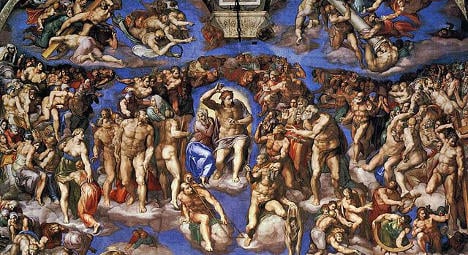
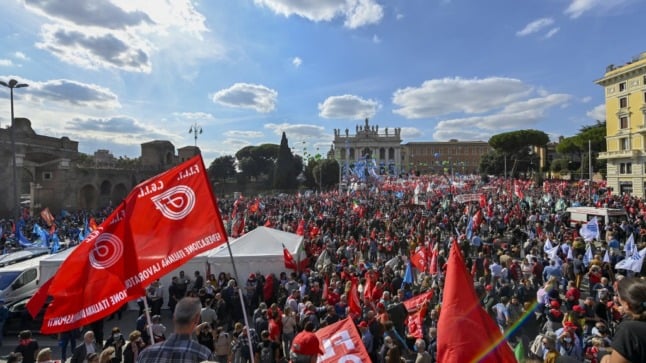
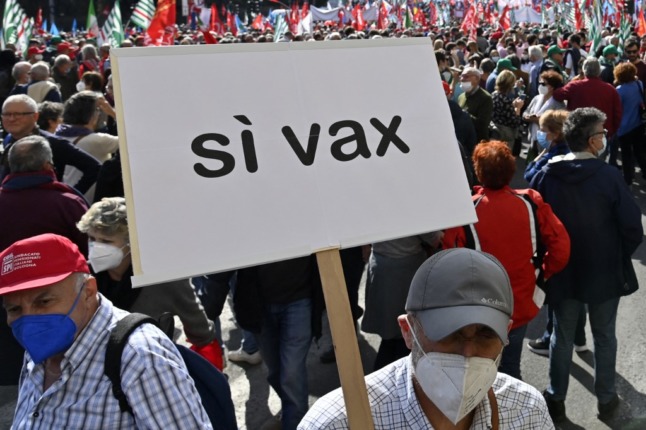
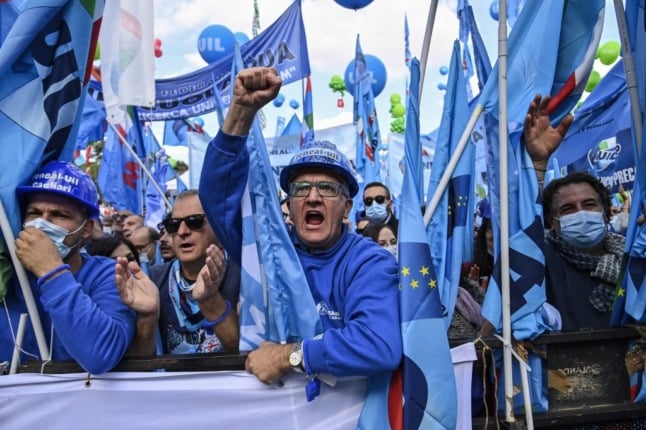
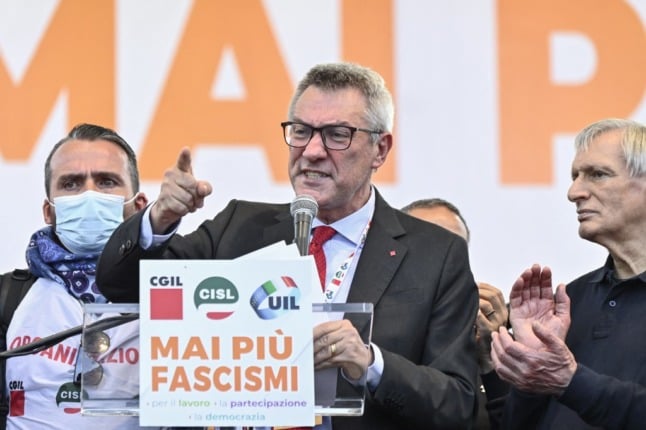
 Please whitelist us to continue reading.
Please whitelist us to continue reading.
Member comments